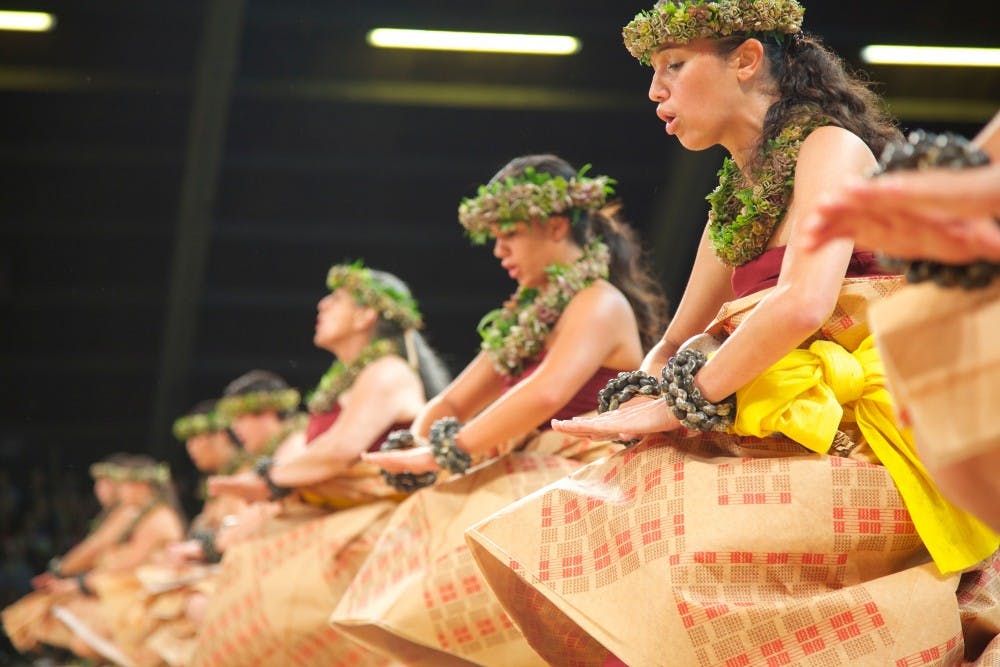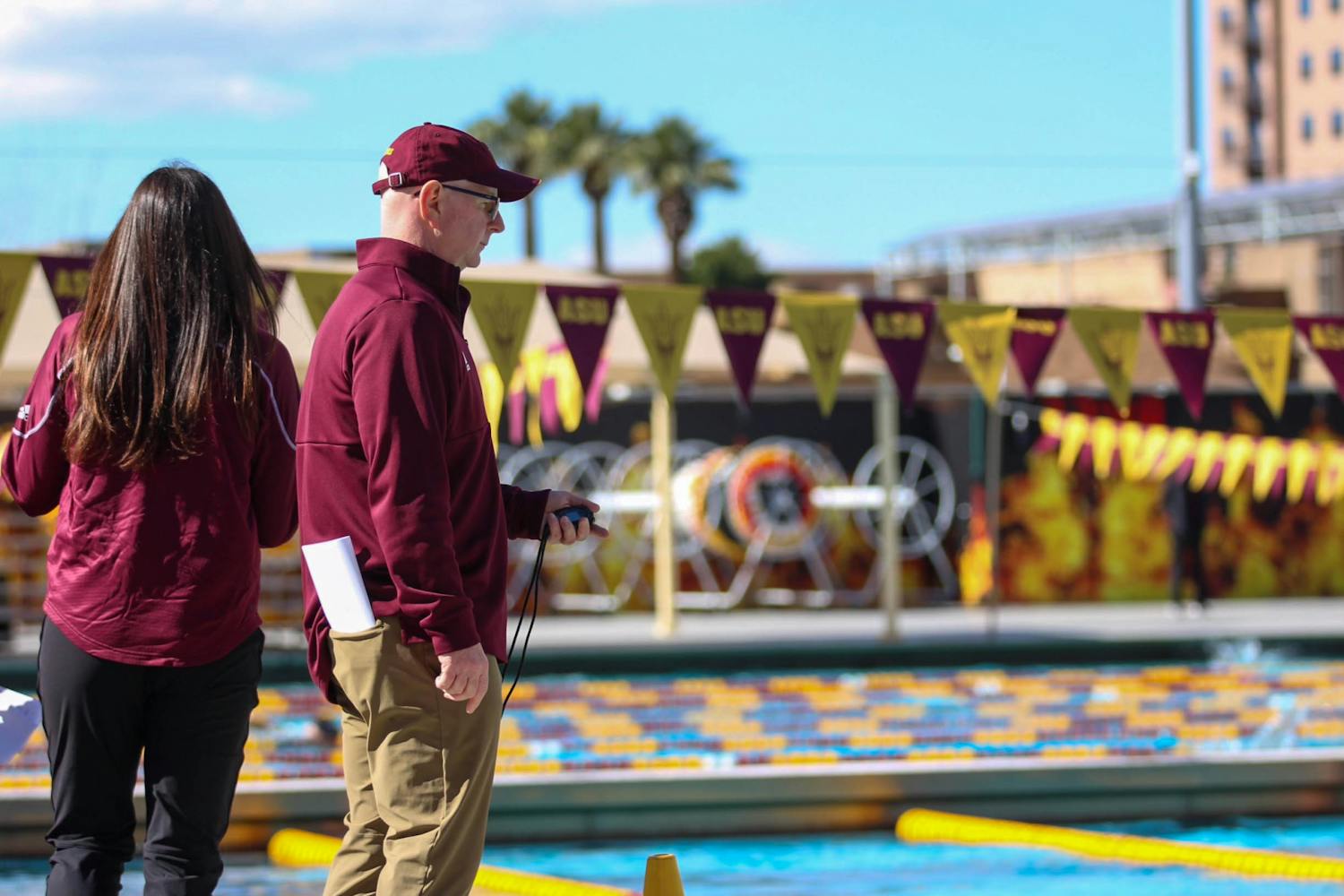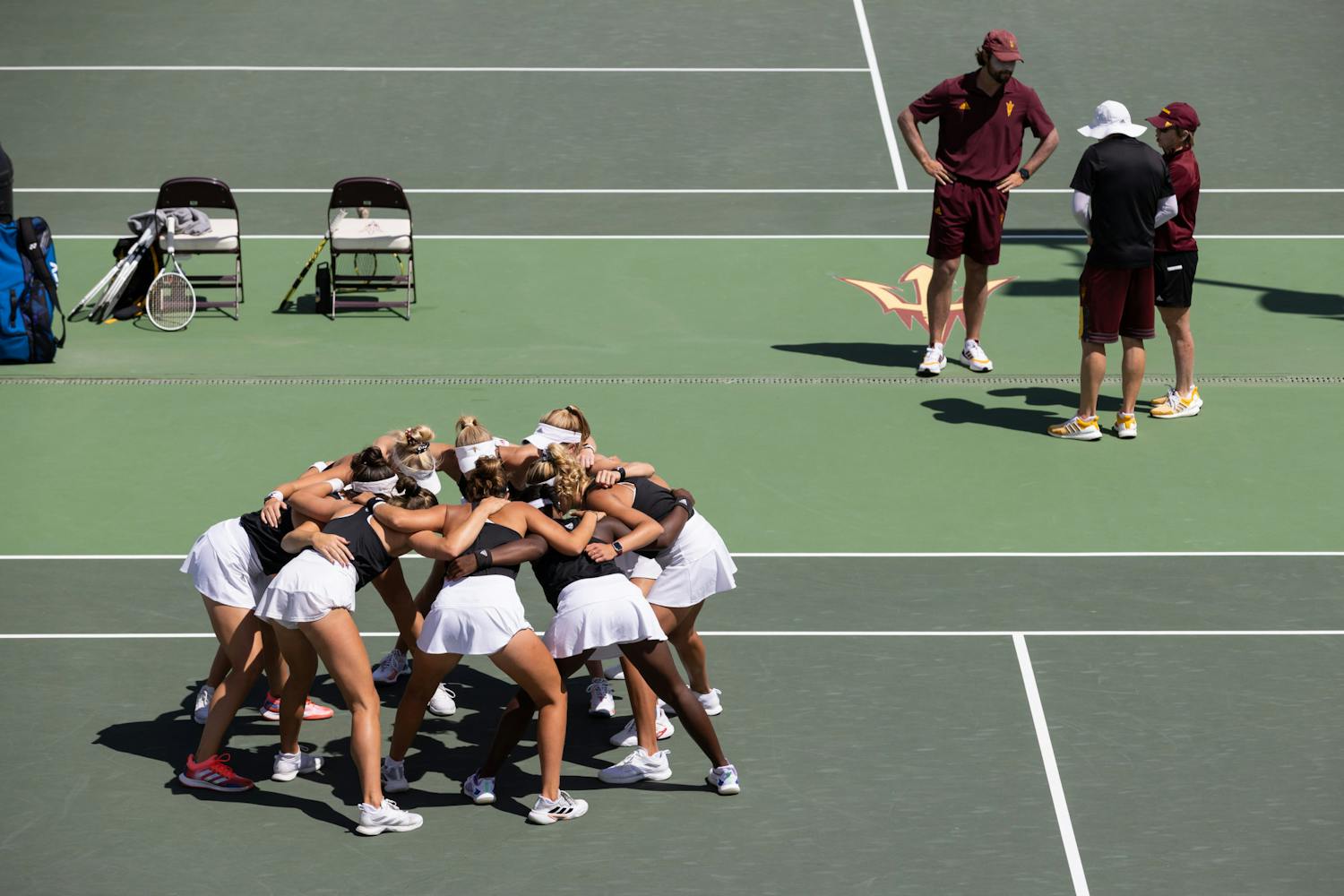Hula is often stereotyped in movies and modern culture, but Hālau o Kekuhi, a world-renowned hula group visiting ASU Gammage April 28, is making sure people are exposed to different types of hula.
Huihui Kanahele-Mossman, kuma hula — a master — of the hālau, has been carrying on her family’s tradition through the art of aihaa, a form of hula.
“We don’t follow the popular notion of what hula is, or what the rest of the world thinks that hula is," Kanahele-Mossman said. "I think along the way, throughout the years, that kind of hula came from the same place our hula came from."
Kanahele-Mossman said despite changes in other forms of hula, the hālau has maintained their traditional style, intent and nature.
"There came a time when they had to cater to the masses, and ensure hula’s existence”, Kanahele-Mossman said. "We’ve kept the tradition of what we’ve learned and what we’ve carried and we follow that."
Aihaa reflects natural occurrences and the interactions and observations of the Hawaiian people with nature over hundreds of years.
“The chants and the dance are observations of nature,"Kanahele-Mossman said. "Ancestrally, these are the things that they observed and recorded, and through the generations created a story."
This intricate relationship to nature directly relates to the group’s purpose.
“Our intent is the reflection of nature and environment in the hula and the recall of our most prominent elements on our island: the volcanoes,” Kanahele-Mossman said.
Karen A. Fischer, President of Pasifika Artists Network, is the manager for Hālau O Kekuhi. She said there is a unique relationship between the nature of the island of Hawaii and the hālau's dance.
“The kind of hula that they do is different because they live on an active volcano," Fischer said. "It’s powerful and explosive because the land they live on is powerful and explosive and always changing."
Hālau o Kekuhi also serves as a reminder of the responsibility humans have to coexist with the Earth, especially relevant as the event falls a week after Earth Day.
Kānāwai, which Kanahele-Mossman said means a connection to water, is the set of guidelines passed down every generation outlining how humans should interact with the land. The chants in the hālau production mention these rules.
“There’s some text even in our dances that state these are your boundaries, this is where you live, and in order to live within the boundaries these are the rules,” Kanahele-Mossman said.
Fischer agreed island life provides unique insight into the limits of Earth.
"When you live on an island you see where the boundaries are and how the limits of resources impact you,” Fischer said. "It’s right in front of you, the power of nature is right there."
Fischer said preserving history is an important aspect of the hālau's work.
“They are very visionary people. They take a long view of history; they trace their history back multiple generations and know there will be generations after,” Fischer said.
Amanda Arboleda, program manager at ASU Gammage, has worked in close connection with the group as they have prepared to perform at ASU.
"The group has been around for a very long time," Arboleda said. "They are extremely well established and world renowned in their culture and art form."
The hālau production belongs to a series of Gammage productions dealing with cultural identity and diversity called the Beyond series.
“It’s a passionate series. It’s also an emotional one. They hit hard. They hit home," Arboleda said. "They touch on political issues. Some of them have cultural roots and talk about diversity in America. We really want to convey that ASU Gammage is a home for everybody."
Reach the reporter at jevanden@asu.edu or follow @jana_vandenberg on Twitter.
Like The State Press on Facebook and follow @statepress on Twitter.




